A steel shank in a pair of work boots acts as additional protection for the sole of your feet. A shank is a strip of material, often steel, but it can also be fiberglass, kevlar, or carbon fiber, and it is sandwiched between the insole and outsole of your boot.
A steel shank won’t warp and will protect the sole of your foot from uneven surfaces or sharp objects penetrating the sole of your boot. A shank helps maintain the rigid shape of your boots, which will increase arch support and improve your stability, especially on rough terrain.
Standing up all day in mud or on concrete, or working outside on uneven surfaces can cause the soles of your feet to really ache after a while.
Wearing work boots for long periods doesn’t have to be uncomfortable. My work boots are probably the most comfortable footwear I own.
A big part of that is due to the steel shank that sits beneath my foot.
I know what you’re thinking. Is it important to have a steel shank in my boots? What if the shank is made from another material like fiberglass? Can I get a boot without a shank? Do I even need one?
Depending on what kind of work you’re doing, a steel shank can practically be a necessity. For some boots, you don’t need one at all.
I’m covering what a steel shank is, why you might need one, why you might not need one, and some alternatives to watch out for.
Table of Contents
Is a Steel Shank in My Boot a Good Thing?
A great pair of boots with a steel shank cushion you from constant impact, keep your boots rigid, and protect your feet from harm. As any priest will know, a steel shank is vital; it saves your sole (sorry, I couldn’t resist).
Terrible jokes aside, your favorite work boots wouldn’t be anywhere near as comfortable as they are without a solid steel shank sitting between the insole and outsole. Wearing sneakers to work might feel comfortable for a while, but see how much pain your feet are in after a week.
The sole of your foot takes a lot of impact, from walking on concrete to climbing over rocks, up a ladder, or digging a ditch; you’ll feel everything. The bottom of your feet will bend, flex to the surface you’re standing on, and feel every pebble, every bone-crunching step, all day long.
Benefits of Having a Steel Shank
You’ll never see the steel shank in your boot, you shouldn’t even feel it, but it’s vital to you being comfortable while in your work boots. For such a simple piece of metal to have so many benefits, it’s understandable that people are skeptical, but a steel shank can:
1. Help the Boot Maintain its Shape
If you’ve ever tried to bend a pair of steel-toe work boots, you’ll know how hard it is to do.
The thick sole certainly helps and makes your boots stay in shape. The steel shank makes it almost impossible to bend your boots, which keeps them in the right shape regardless of the terrain you’re working on.
You might not think it matters, but try working for a week in thin-soled, flexible sneakers and see how much pain you’re in. The more rigid the boot, the more stable your foot is. A boot should be a protective cocoon, and the shape is designed to keep your feet in perfect position. Without a steel shank in boots, your foot will flex.
2. Protects Feet From Impacts and Sharp Objects
In the same way a steel toe keeps the front of your foot protected, a steel shank that sits beneath your foot adds another layer of protection.
It’s not just about being able to stop sharp objects from penetrating the sole of your boot, although a shank can and will do that.
A steel shank is so perfect for the repetitive impact that walking causes. Depending on your job, you could be standing on concrete, working in a field, climbing a mountain, or going up and down ladders and scaffolding all day.
The steel shank in your boot cushions each impact, spreading it evenly across the boot, massively reducing the impact on your feet. Imagine standing on a nail in your shank-free work boots; you’ll feel the point of the nail even if it doesn’t penetrate. With a steel shank in your boot, the impact is spread over the sole of your boot, making life much safer and more comfortable.
3. Reduces Stress on Feet, Arches, and Calves.
This benefit is a result of both of the above features, as a boot that retains its shape and spreads the impact of walking will greatly reduce the stress on your feet. The rigid steel shank keeps your arches in the right shape and lessens the pressure on the soles of your feet.
The more your feet bend, the more the muscles in your calves and ankles have to take the strain, so having a steel shank to restrict movement will stop your calves from aching after a long day on your feet.
4. Adds to the Lifespan of your Boots.
A robust and comfortable pair of work boots make a long day a lot easier on your body, but it can take its toll on your boots after a while. A steel shank will not only protect you but also keeps your boots serviceable for longer. With less flexibility, your boots will last longer.
They won’t split as easily, objects won’t as easily penetrate the outsole, and they’ll stay in the right shape to keep your feet comfortable. This adds up to a pair of work boots that can last for years, and the longer you wear them, the better they feel on your feet.
Drawbacks of Having a Steel Shank
The drawbacks of a steel shank are few, but they’re worth covering:
1. Working in Security or Airports
If your job involves traveling on airplanes or working in an environment where there is increased security, there’s a chance you’ll have to contend with security measures like metal detectors.
Trying to get through airport security wearing or carrying work boots can be a pain due to the steel toe that most possess.
Many people that work in security or even in prisons will need to be aware of a steel shank in their boots. It will make working on concrete a lot easier on their feet but will be a nightmare at security checks.
You can buy boots with a fiberglass or carbon fiber shank, but steel is a widespread choice, so it can be a drawback.
2. Where Weight Matters
If you’re determined to find the lightest possible boots around, then a pair of steel-toe boots with a steel shank might not be for you. The shank won’t impact the weight enough for you to notice, but the steel toe potentially could.
If every ounce counts, I would suggest a comp-toe boot as they’ll be a little lighter and, more often than not, come with a composite shank. Apart from that, there’s really no drawback to having a steel shank in your boots unless you need the flexibility to bend your feet while working.
If you work in logging, for instance, then being able to bend the sole of your foot might seem handy for clambering over trees, but your feet and calves will be on fire by the end of the day. The protective and comfort benefits far outweigh any drawbacks, and even a steel shank is light enough that you’ll never notice it’s there.
When Should You Make Sure To Get Boots with a Steel Shank?
If you’re on your feet all day, regardless of your profession, a steel shank in your boots will significantly boost your daily life. The Ariat Groundbreaker is one of the most comfortable and safety-conscious boots around, thanks to its heel and toe ExGuards. Add in a steel shank and steel toe, and your feet are basically tanks with toes.
The Groundbreaker has a lot of cushion in the insole, so it's comfortable for long work days. But the leather is tough and the steel toe can take a beating when it needs to.
A steel shank is a must if you work outdoors on rough terrain, you only need to be unlucky once, and something is going right through the sole of your boots. Working around heavy machinery means you’ll almost certainly have to wear safety boots.
You wouldn’t step foot on site without steel-toe boots, and you should think of a steel shank in the same way. If a steel shank was stapled to the sole of your boot so it could easily be seen, then you’d take it as seriously as you do when making sure your steel toe is in place.
The only time I would avoid a steel shank is if you’re working in an airport or security-conscious environment. Taking your work boots off for metal detectors can be a pain, and an avoidable one, thanks to composite shanks.
What is Composite Shank in Work Boots?
Composite shanks serve the same purpose as steel shank in boots. Because composite shanks are non-reactive, they’re great for electricians and if you need to avoid setting off a metal-detector.
Composite shanks are also slightly lighter in weight, so if you’re concerned about saving every ounce of weight you possibly can on your boots, then a comp-toe boot with a composite shank is the way to go.
A great example is the Wolverine 6” Composite-Toe. It’s a simple lightweight work boot that offers a lot of protection on the job site.
You’ll also find work boots with carbon fiber, kevlar, fiberglass, and sometimes nylon or wood shanks.
These all still serve the same basic purpose of a steel shank, which is to provide long-term arch support and give extra structure to the boot.
The i-90 work boot features Wolverine’s epx anti-fatigue technology that brings comfort closer to the foot. A waterproof full-grain leather upper combined with a waterproof plus breathable membrane ensures feet stay dry all day long.
Going Steel?
A steel shank is an incredibly important part of any boot and brings an extra layer of protection, stability, and comfort that you wouldn’t expect from such a small strip of metal.
Finding a boot with a metal shank is a must if you spend more hours a week in work boots than sneakers or shoes.
The Ariat Groundbreaker is one of my go-to work boots as it offers a lot of comfort with solid safety features at a decent price. You need a boot that can handle any terrain, and long days on your feet are made much more comfortable in boots with a steel shank.
FAQs
Do all boots have a steel shank in them?
Not all boots come with a steel shank fitted between the insole and outsole. If the boot in question is a dress boot or comp-toe safety boot, chances are there is no steel shank.
Do boots need a shank?
A boot doesn’t have to have a shank inside to be a perfectly good pair of boots. In fact, unless you’re buying a work boot, there’s a good chance your boot hasn’t got a shank. If you’re looking for a pair of boots for a work environment, a steel shank should be high on your list of priorities. Your feet will be more stable as your posture improves due to your rigid work boot.
Do cowboy boots have a steel shank?
Most cowboy boots have a shank of some kind, but it depends on the brand, and the brand you’re shopping with should have that information available. Brands with traditional construction like Luchesse feature steel shanks, while more modern brands like Ariat often use a nylon or composite shank.
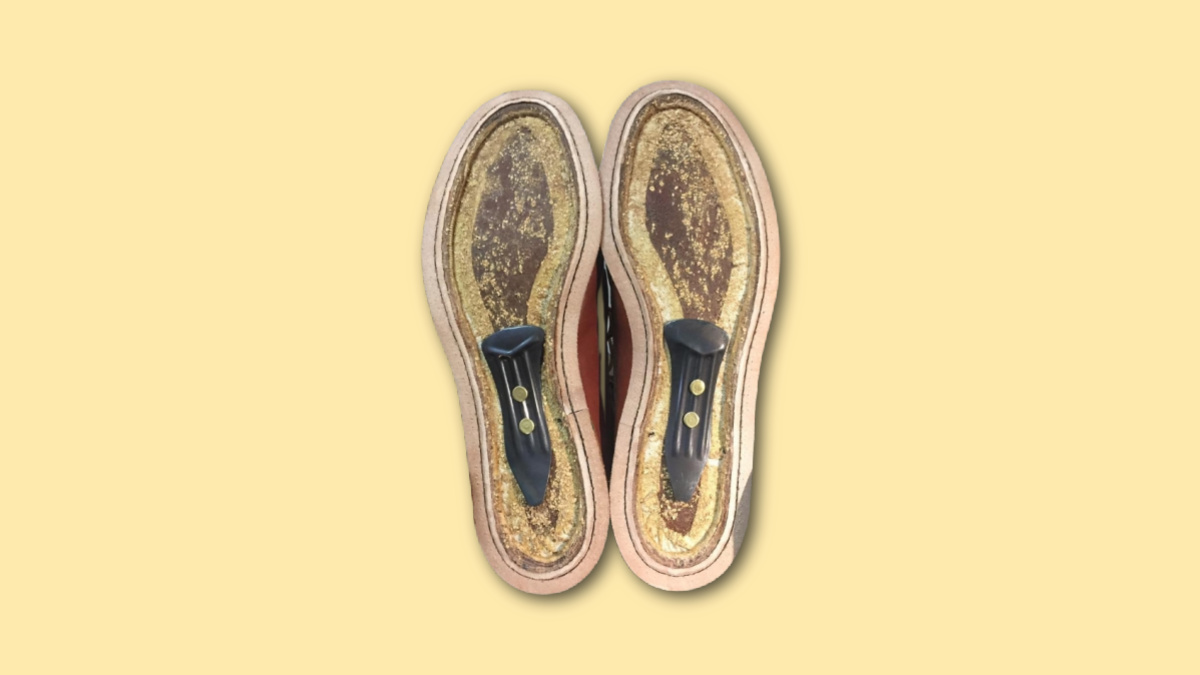
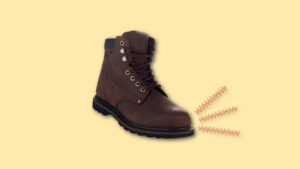

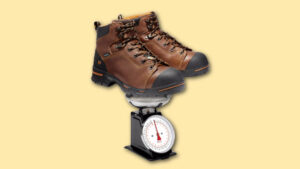
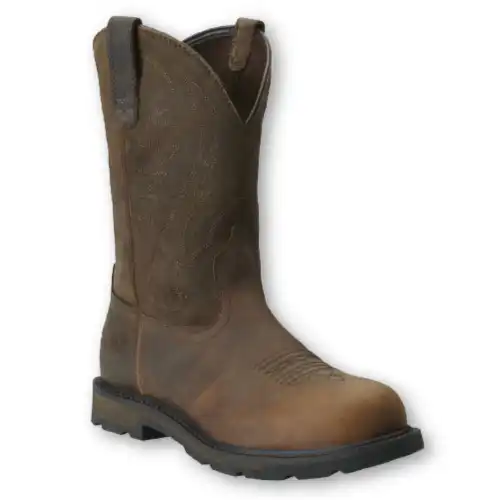
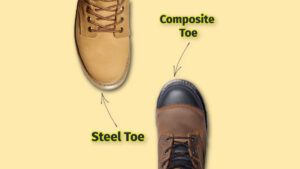
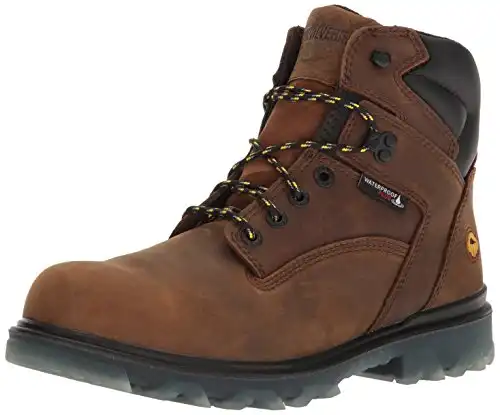

Join the Discussion